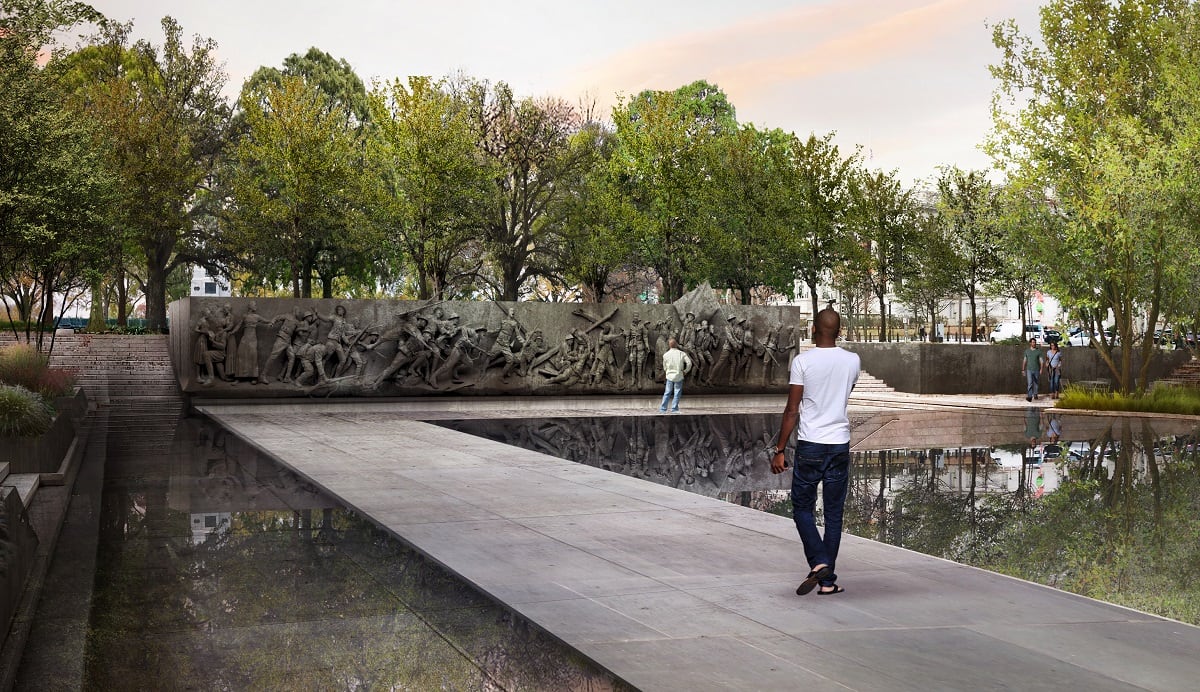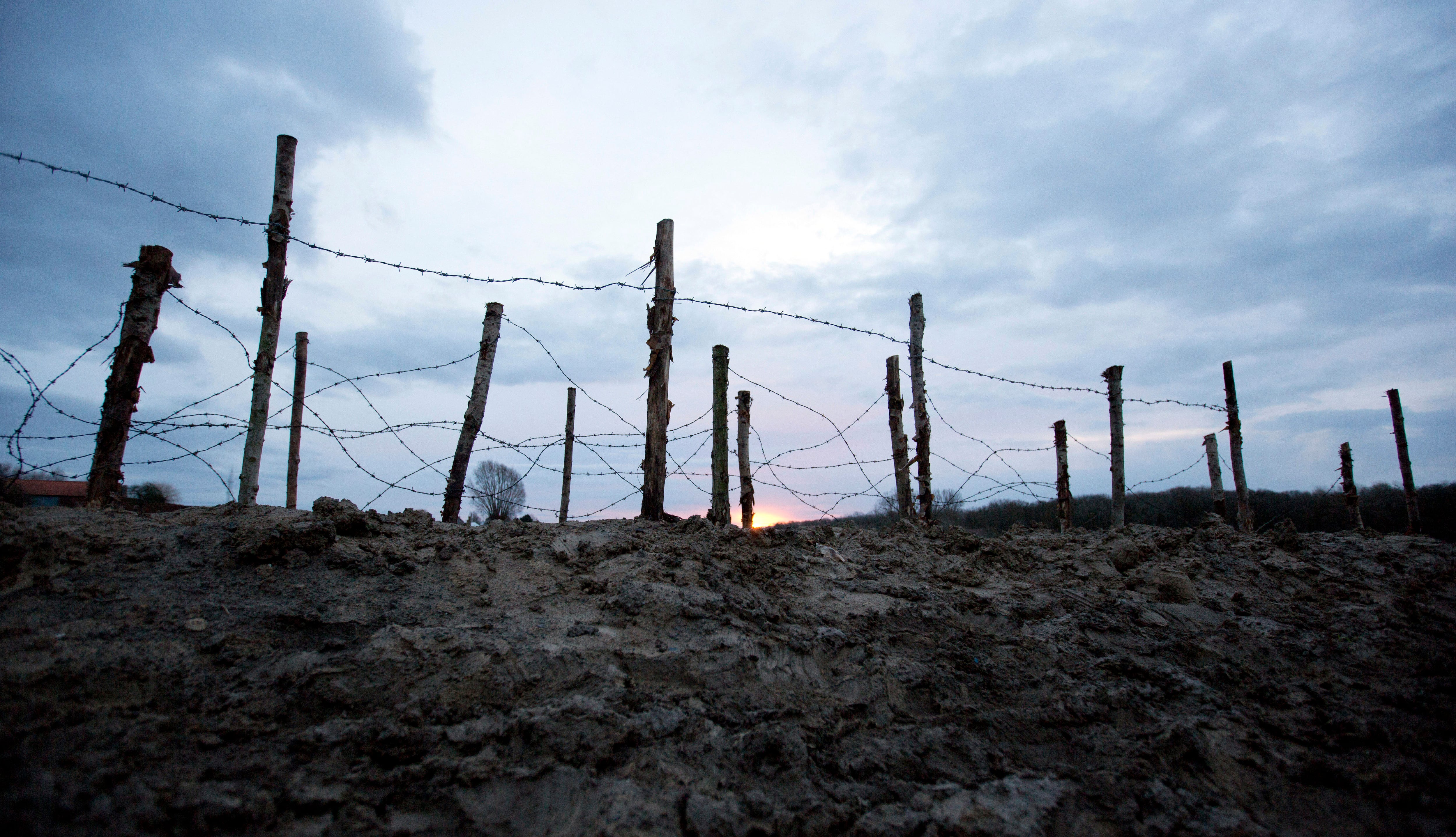VRIGNE-MEUSE, France — Augustin Trebuchon is buried beneath a white lie.
His tiny plot is almost on the front line where the guns finally fell silent at 11 a.m. on the 11th day of the 11th month in 1918, after a four-year war that had already killed millions.
A simple white cross says: "Died for France on Nov. 10, 1918."
Not so.
Like hundreds of others along the Western Front, Trebuchon was killed in combat on the morning of Nov. 11 — after the pre-dawn agreement between the Allies and Germany but before the armistice took effect six hours later.
His death at almost literally the eleventh hour only highlighted the folly of a war that had become ever more incomprehensible to many in nations drawn into the first global conflict.
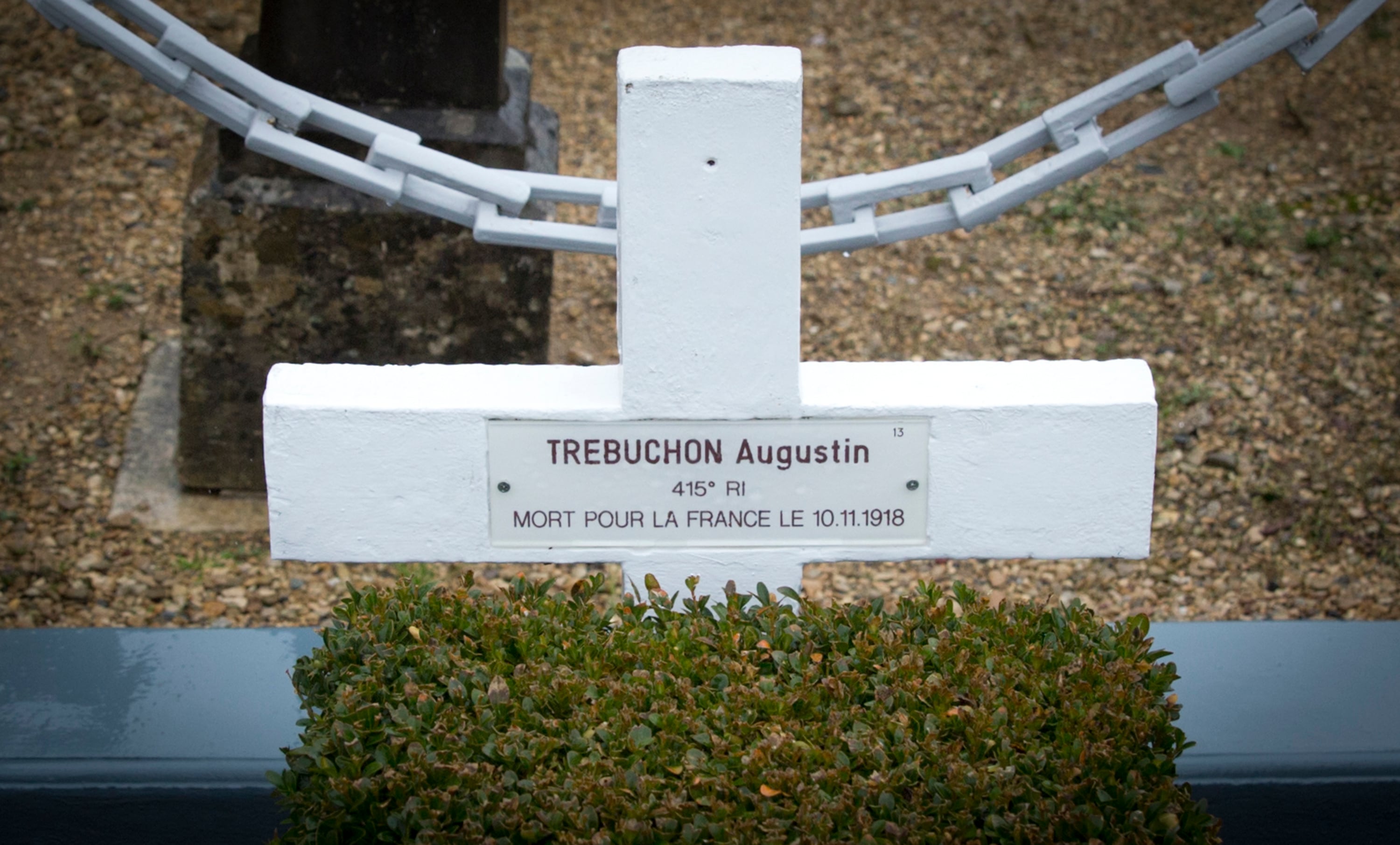
Before Nov. 11, the war had killed 14 million people, including 9 million soldiers, sailors and airmen from 28 countries. Germany came close to a quick, early victory before the war settled into hellish trench fighting. One battle, like the Somme in France, could have up to 1 million casualties. The use of poison gas came to epitomize the ruthlessness of warfare that the world had never seen.
For the French, who lost up to 1.4 million troops, it was perhaps too poignant — or too shameful — to denote that Trebuchon had been killed on the very last morning, just as victory finally prevailed.
"Indeed, on the tombs it said 'Nov. 10, 1918,' to somewhat ease the mourning of families," said French military historian Nicolas Czubak.
There were many reasons why men kept falling until the call of the bugler at 11 a.m.: fear that the enemy would not abide by the armistice, a sheer hatred after four years of unprecedented slaughter, the ambition of commanders craving a last victory, bad communications, the inane joy of killing.
As the hours ticked down, villages were taken, attacks were thwarted with heavy losses and rivers were crossed under enemy fire. Questions remain whether the gains were worth all the human losses.
Historian Joseph Persico estimated the total dead, wounded and missing on all sides on the final day was 10,900.
U.S. Gen. John J. Pershing, who had been bent on continuing the fighting, even had to explain to Congress the high number of last-day losses.
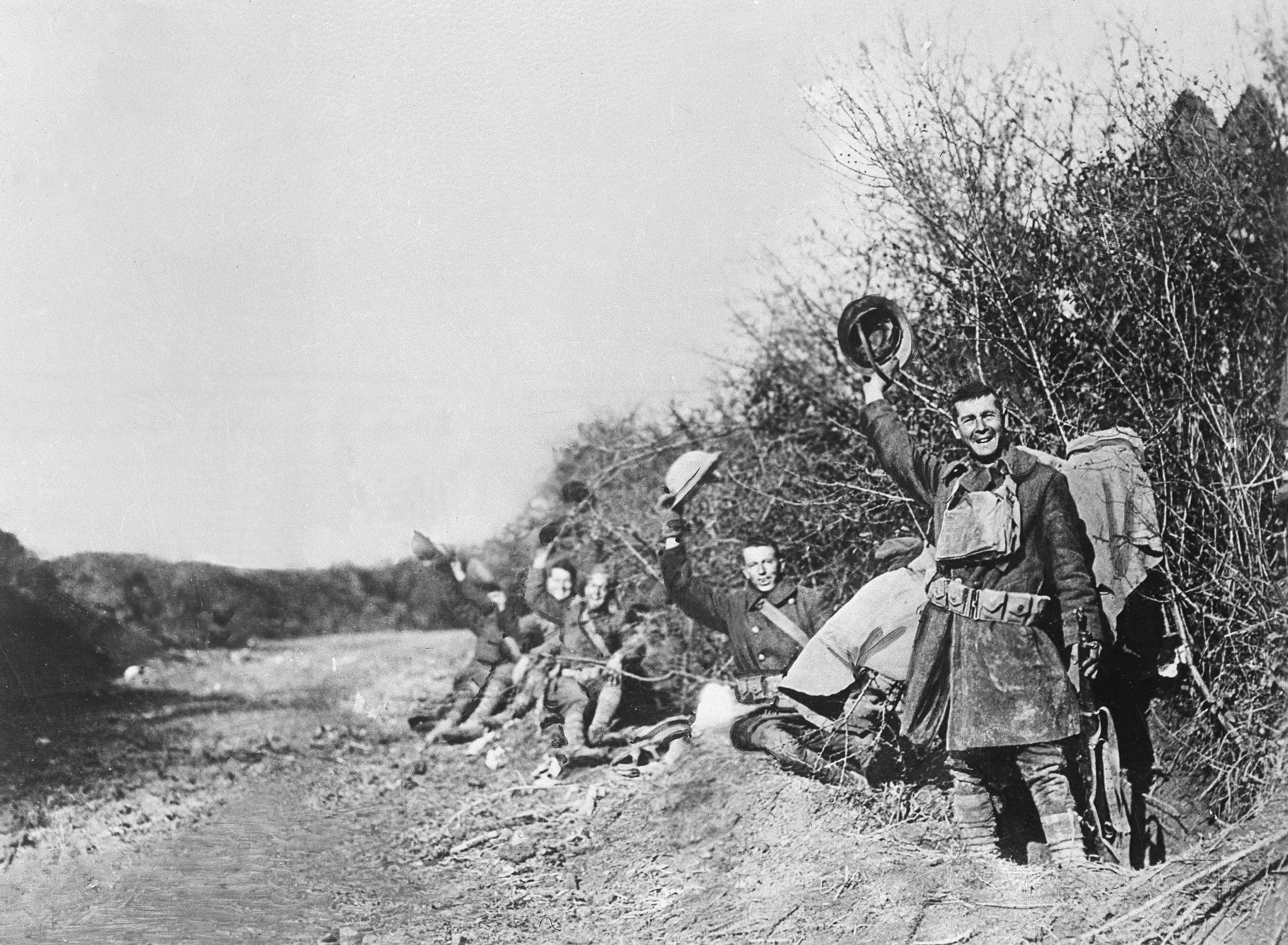
Other nations also endured such casualties.
With two minutes to go, 25-year-old Canadian Pvt. George Lawrence Price was slain by a German sniper.
About 150 miles away in France, a 23-year-old American, Henry Gunther, was killed by German machine-gun fire one minute before the armistice.
Trebuchon, 40, also was shot minutes before the cease-fire. He was running to tell his comrades where and when they would have a meal after the armistice.
All three are considered their nations' last men to fall in active combat.
HE DIED AT 10:59
Anti-German sentiment ran high after the United States declared war in April 1917, and Gunther and his family in Baltimore were subjected to the kind of prejudice and suspicion that many of German descent faced at the time.
"It was not a good time to be German in the United States," said historian Alec Bennett.
Gunther had little choice when he got drafted. He was given the rank of sergeant, but he later was demoted when he wrote a letter home critical of the conditions in the war.
Soon after, he was thrown into the biggest U.S. battle of the war, the Meuse-Argonne offensive in northeastern France.
There were reports he was still brooding over his demotion right on Nov. 11. When he emerged from a thick fog in the valley around Chaumont-devant-Damvillers, he and his comrades faced a German machine gun nest on the hillside.
Indications are that the Germans fired one salvo over his head as a warning, knowing the war was almost over. But he still charged onward.
"His time of death was 10:59 a.m., which is just so haunting," Bennett said. Gunther was recognized by Pershing as the last American to die on the battlefield.
RELATED
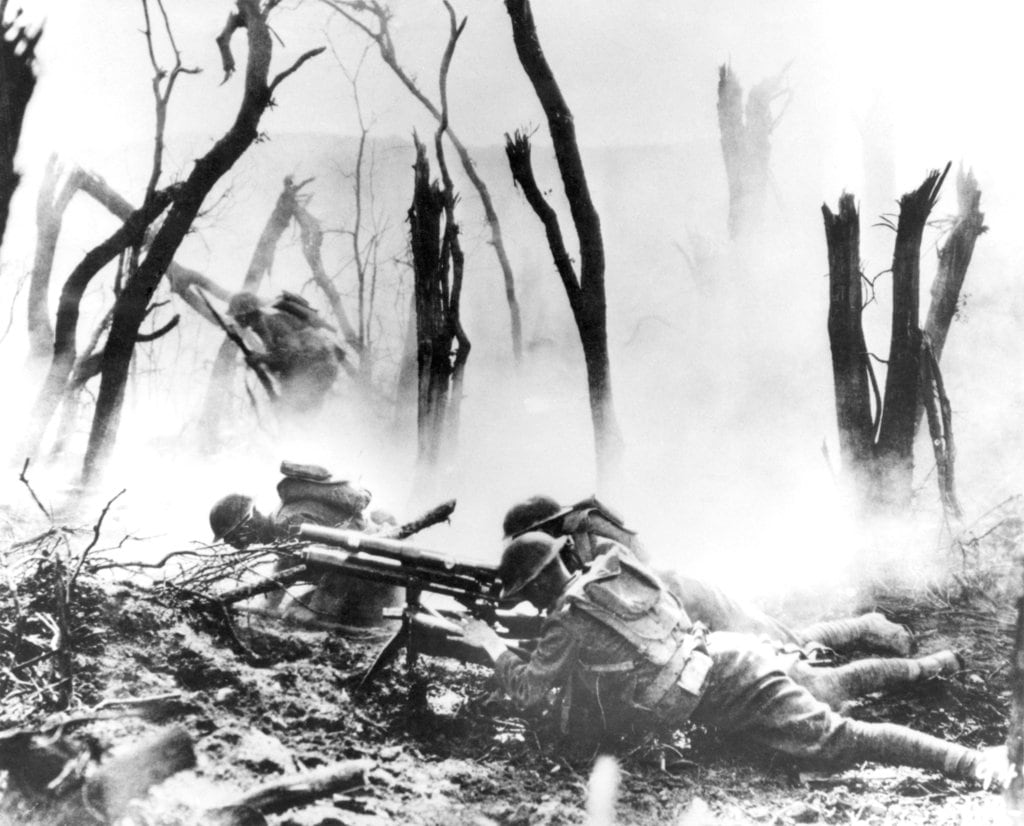
Questions remain whether it was a suicide run, an attempt at redemption or an act of true devotion.
"It is just as puzzling now as it was 100 years ago," Bennett said, adding that one thing is clear: "Gunther's act is seen as almost a symbol of the futility of the larger war."
But there was one more cruel twist for his family: They were unaware he had been killed.
Upon his expected return "they went to the train station to meet Henry — not there!" said Bruce Malone, superintendent of Meuse-Argonne American Cemetery, the final resting place for 100 Americans who died Nov. 11.
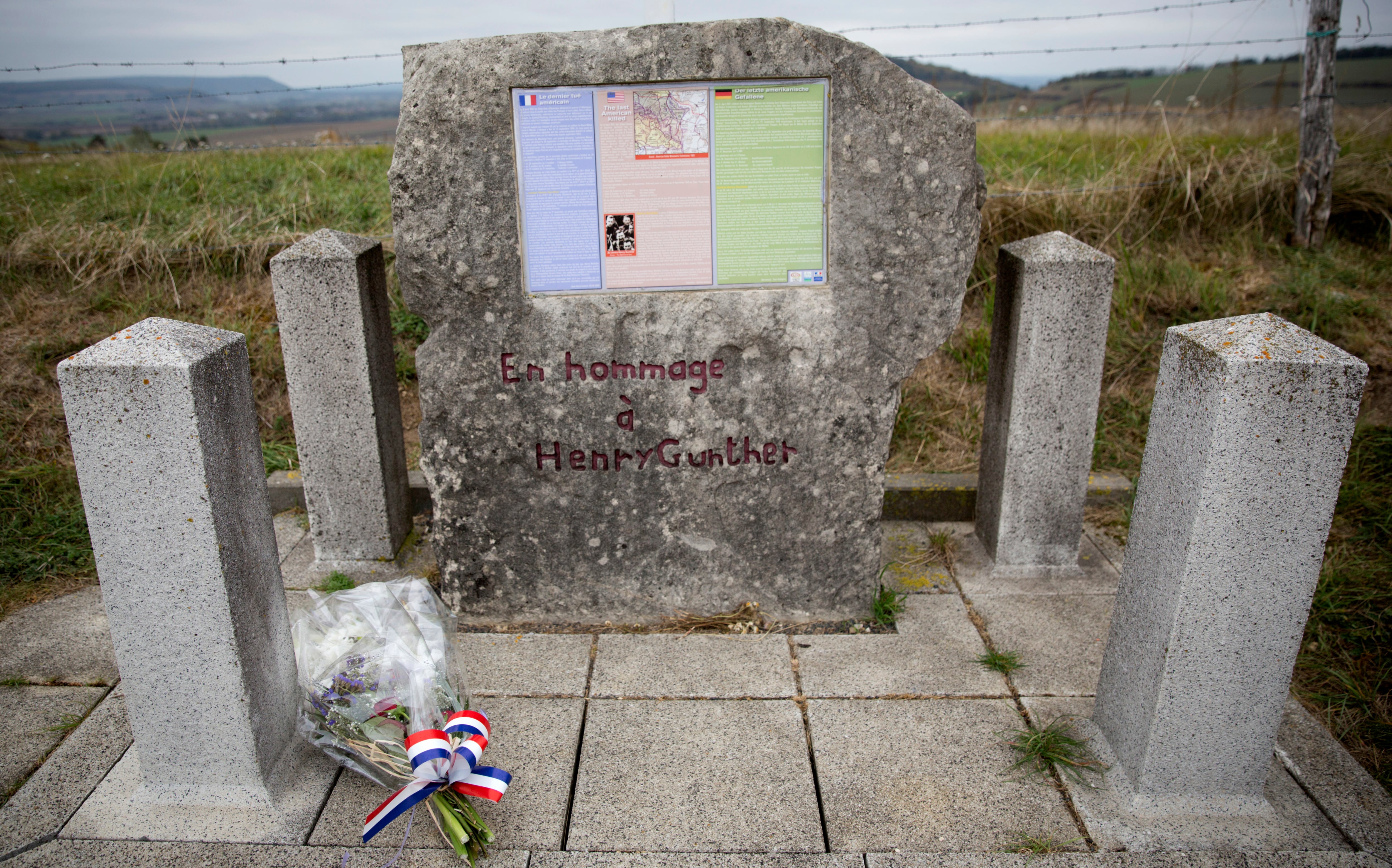
“A NEED TO KILL ONE LAST TIME”
The death of Price, the Canadian, was an utterly senseless loss of life.
He was a farm laborer in Saskatchewan when the swirl of history plucked him off the land in October 1917 as the Allies sought ever more manpower for the Western Front.
The summer after he was drafted, he was part of the surge of victories that seized villages and cities right up to Nov. 11. By that time, Canadians were retaking Mons in southern Belgium, where soldiers from the British Commonwealth had their very first battle with the Germans in August 1914.
It was especially sweet for the Commonwealth commanders to retake the city, bringing the war full circle where they lost their first soldier, English Pvt. John Parr, on Aug. 21, 1914.
Price decided to check out homes along the canals while civilians in the center of Mons had already broken out the wine and whiskey they had hidden for years from the Germans to celebrate with the Canadians.
Suddenly, a shot rang out and Price collapsed.
"It really was one man, here and there, who was driven by vengeance, by a need to kill one last time," said Belgian historian Corentin Rousman.
The final minutes counted not just for the casualties but also for the killers.
"There are rules in war," Rousman said. "There is always the possibility to kill two minutes before a cease-fire. Two minutes after, the German would have had to stand before a judge. That's the difference."
At the St. Symphorien cemetery just outside Mons, Price, the last Commonwealth soldier killed in the war, lies a stone's throw from Parr, the first.
"He is not forgotten," Rousman said of Price. "It's a soldier whose tomb is often draped in flowers."
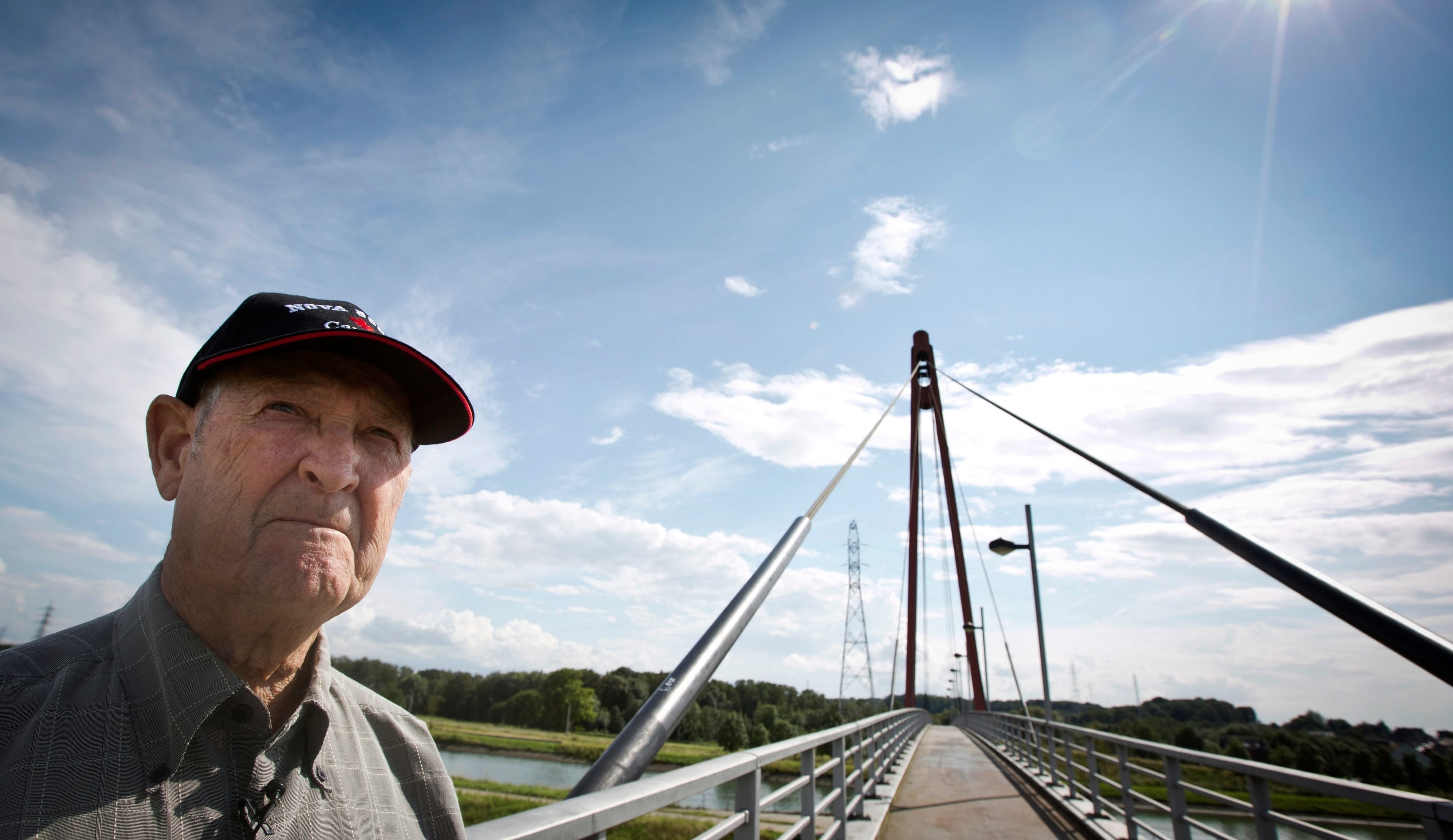
“PART OF THIS GREAT PATRIOTIC MOMENTUM”
Trebuchon's grave stands out because of the date, underscoring the random fortunes of war.
He was a shepherd from France's Massif Central and could have avoided the war as a family breadwinner at age 36.
"But he was part of this great patriotic momentum," said Jean-Christophe Chanot, the mayor of Vrigne-Meuse, where he died.
Trebuchon knew misery as part of France's most brutal battles — Marne, Somme, Verdun. He survived right up to his last order — to tell soldiers where to gather after the armistice.
Instead, his body was found with a bullet wound to the head. He was recognized as "the last French soldier killed during the last French attack against the Germans," Chanot said.
The date on his grave — Nov. 10, 1918 — remains controversial, even if it was meant to soothe a family's sorrow.
"It was a lie, without a question," said Czubak, the French historian.
— Photojournalist Virginia Mayo and video journalist Mark Carlson contributed.
RELATED
